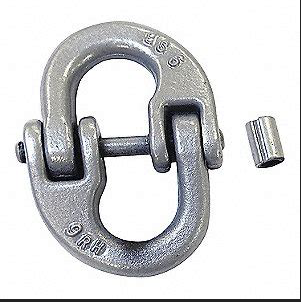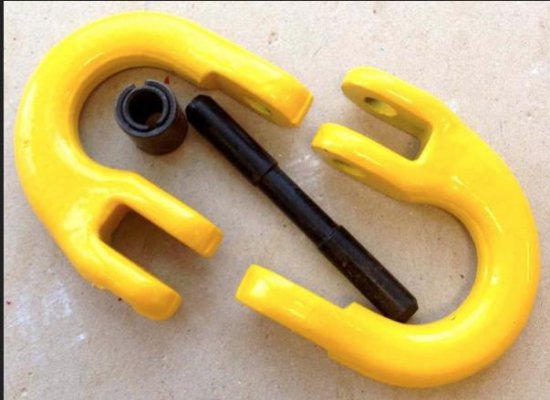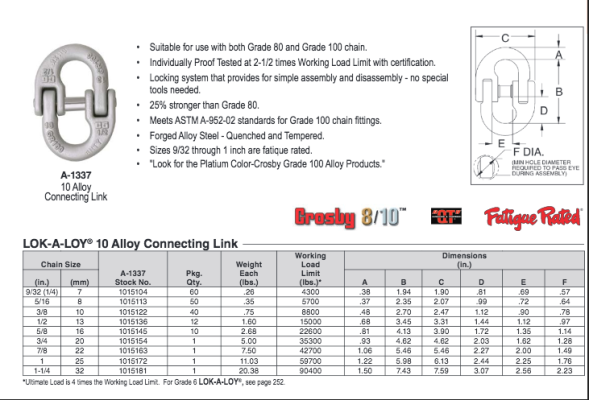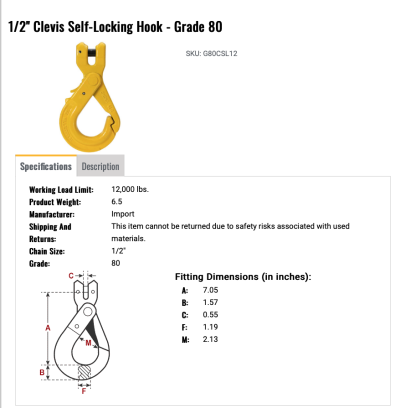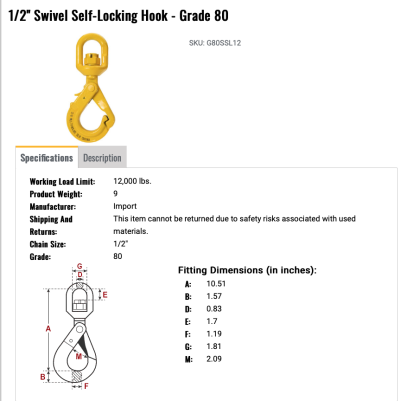rslifkin
Guru
- Joined
- Aug 20, 2019
- Messages
- 7,594
- Location
- USA
- Vessel Name
- Hour Glass
- Vessel Make
- Chris Craft 381 Catalina
In my mind, good short scope behavior matters as it gives you options. If the anchor is a bit oversized and also has good short scope performance, you can tuck into a tighter spot a short scope in moderate weather, but still have the ability to add more scope in worse weather.
For what it's worth, the last time I short scoped my Vulcan for a daytime stop in a tight spot, I had 3:1 out in 15-20 kts of wind (fairly steady, minimal gusts). 19 feet of water, so 25 feet to the bow roller. I stopped at 50 feet to attach a snubber and while I was doing that let the boat blow back a bit. It set with 2:1 scope out, which I increased to 3:1 with the snubber. It held a 900 rpm back down (2 engines) just fine as well, which pulls the rode tighter than I've seen in 30 kts of wind.
For what it's worth, the last time I short scoped my Vulcan for a daytime stop in a tight spot, I had 3:1 out in 15-20 kts of wind (fairly steady, minimal gusts). 19 feet of water, so 25 feet to the bow roller. I stopped at 50 feet to attach a snubber and while I was doing that let the boat blow back a bit. It set with 2:1 scope out, which I increased to 3:1 with the snubber. It held a 900 rpm back down (2 engines) just fine as well, which pulls the rode tighter than I've seen in 30 kts of wind.

